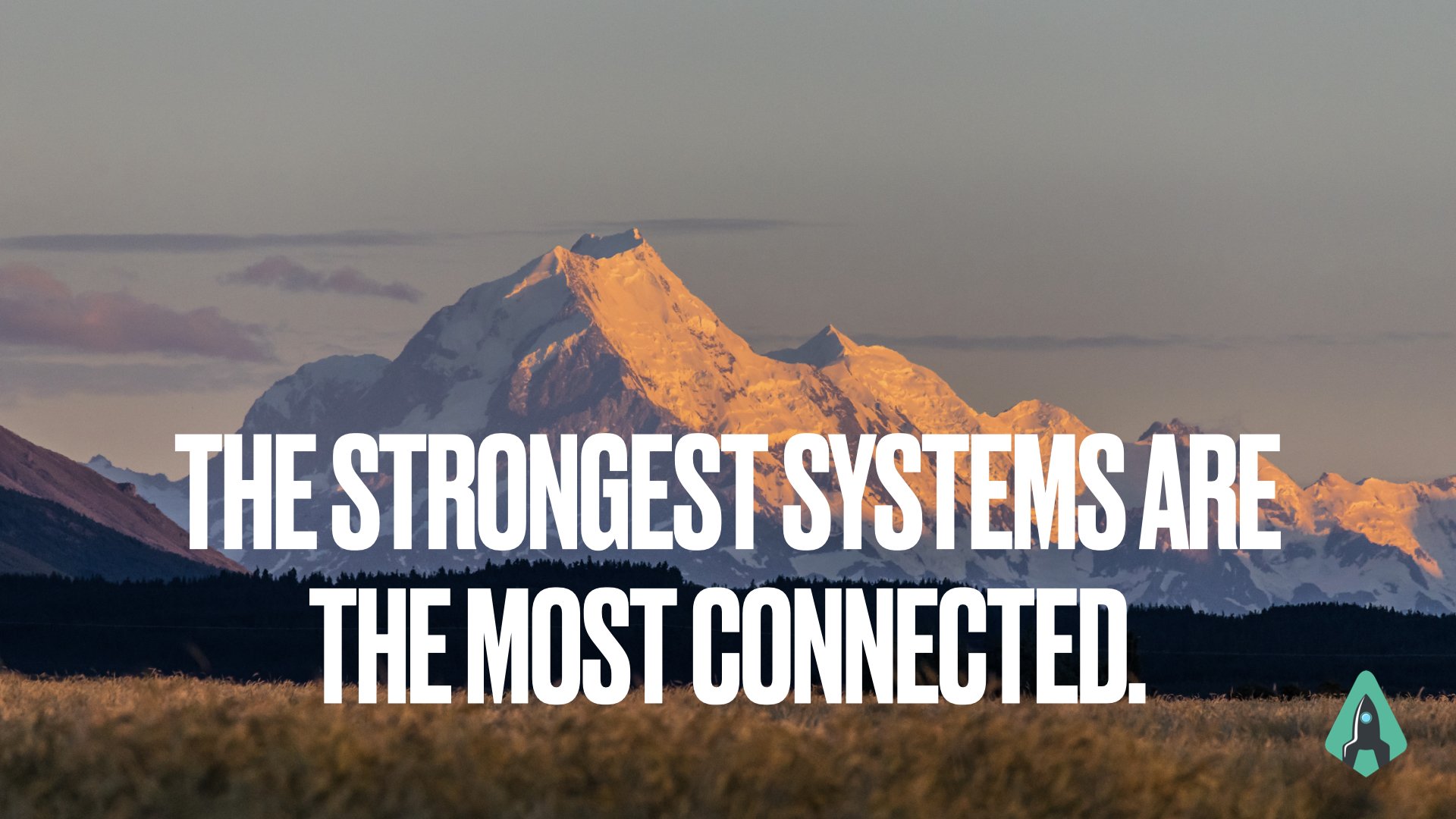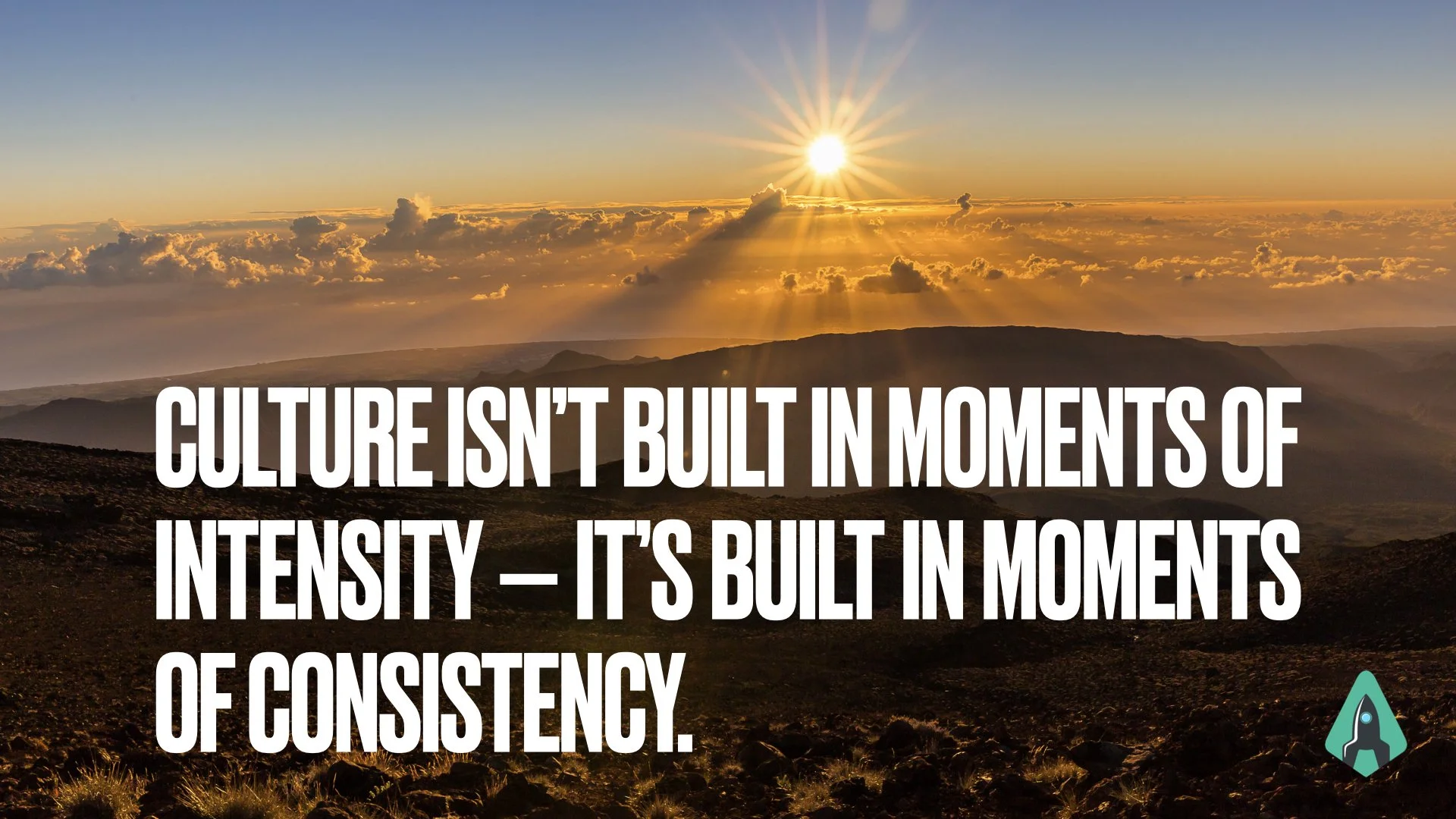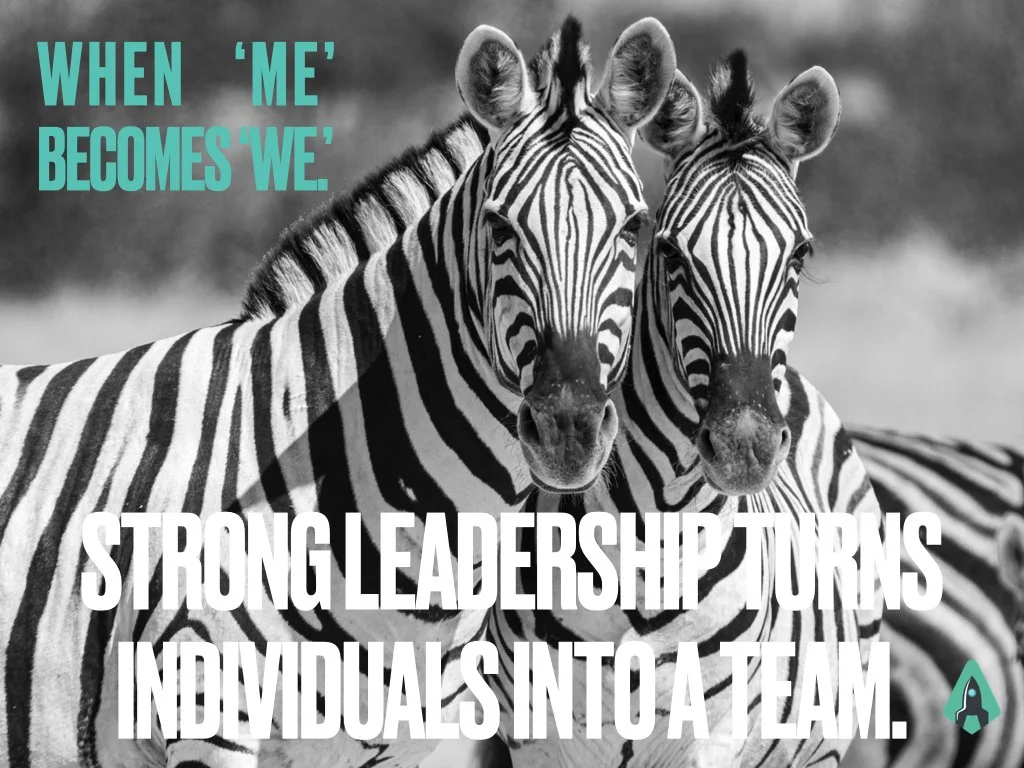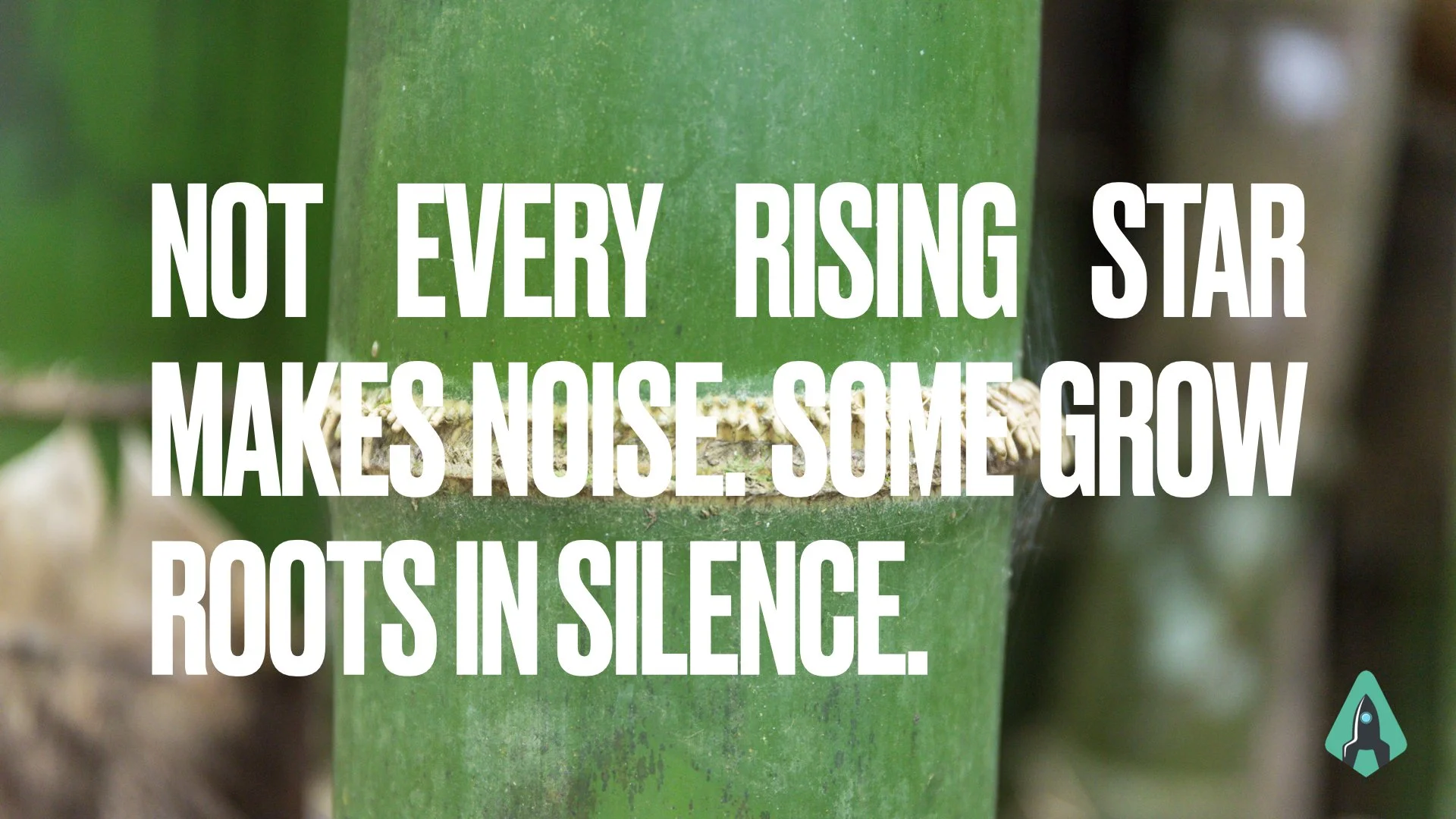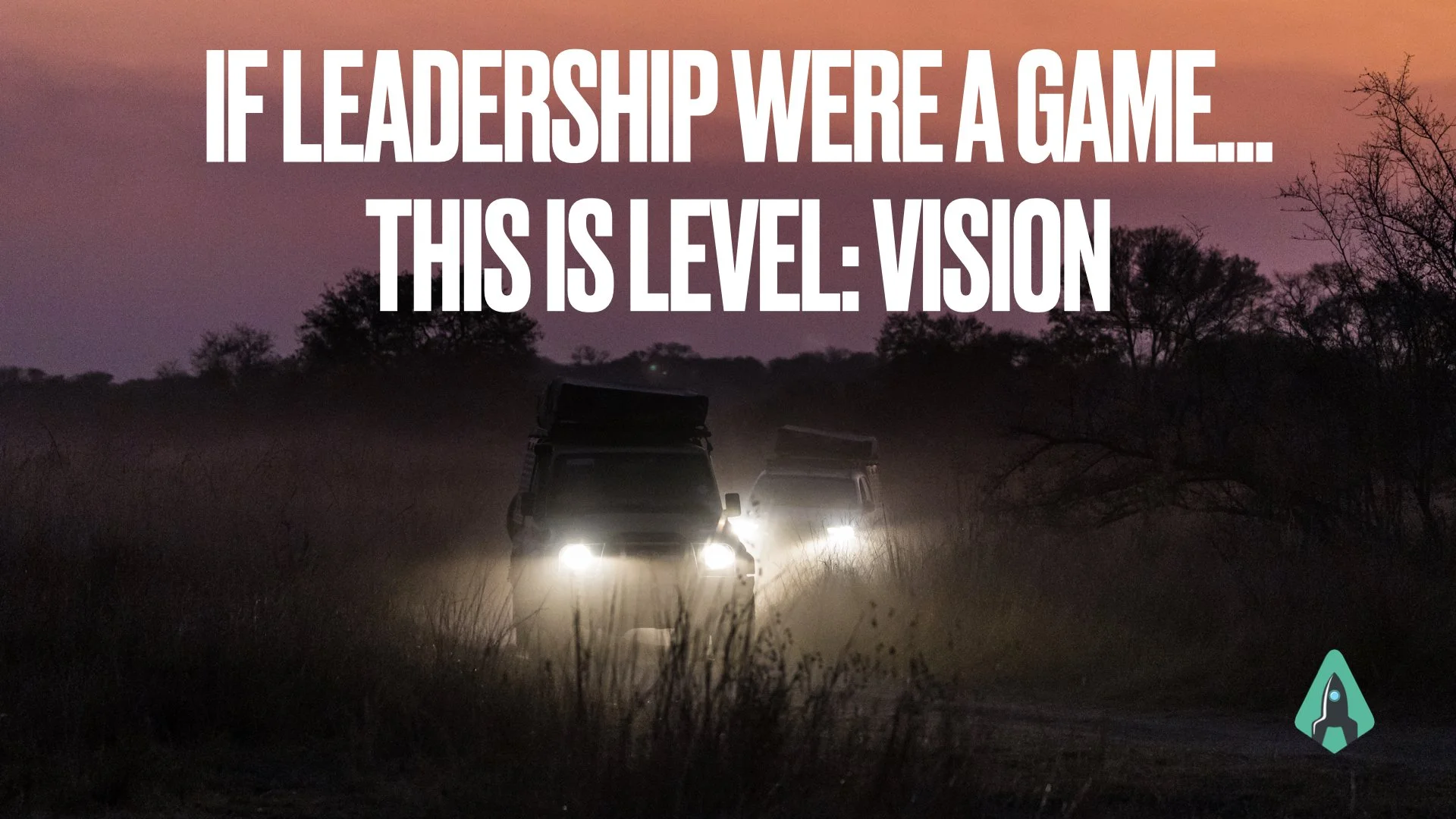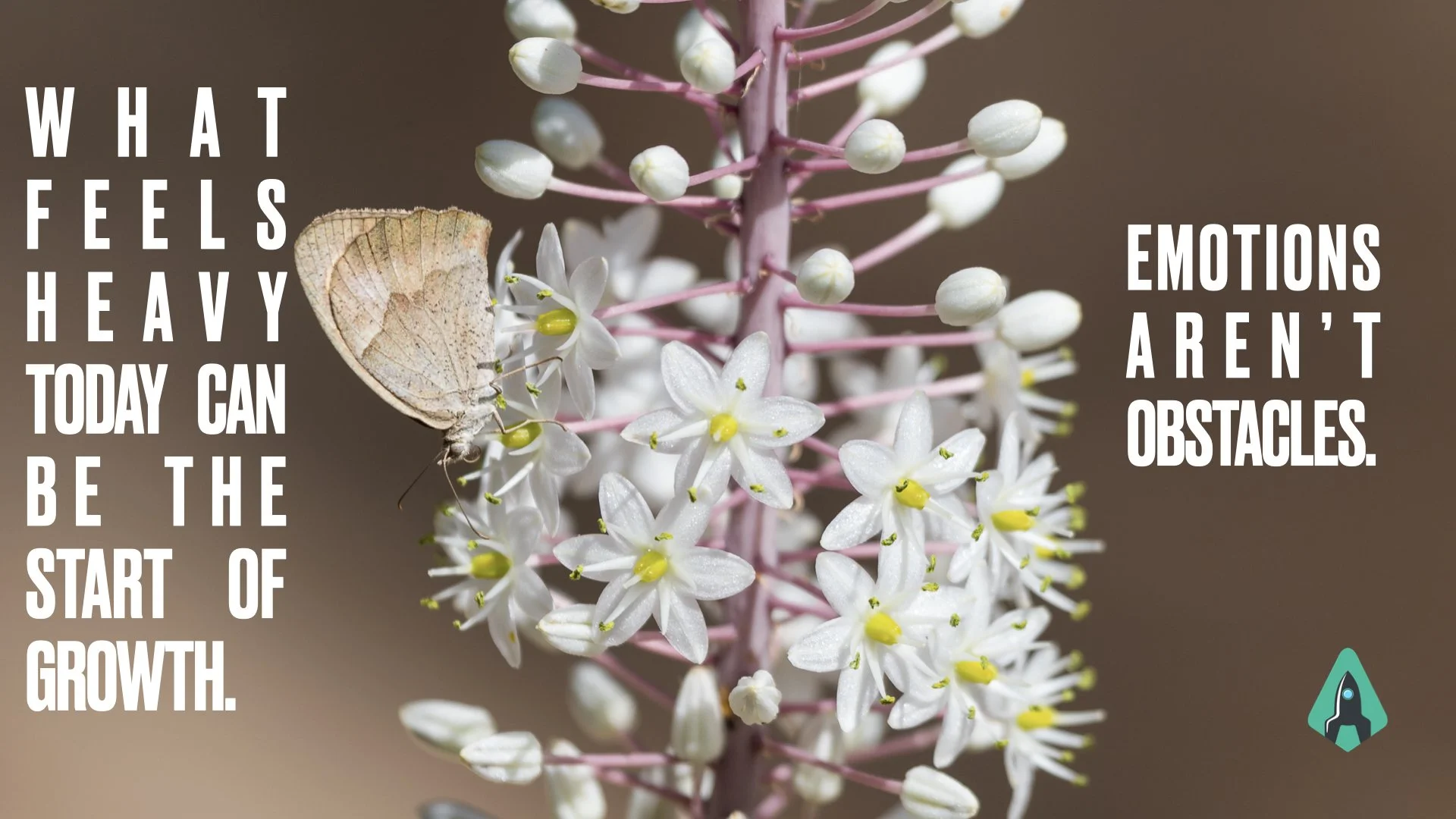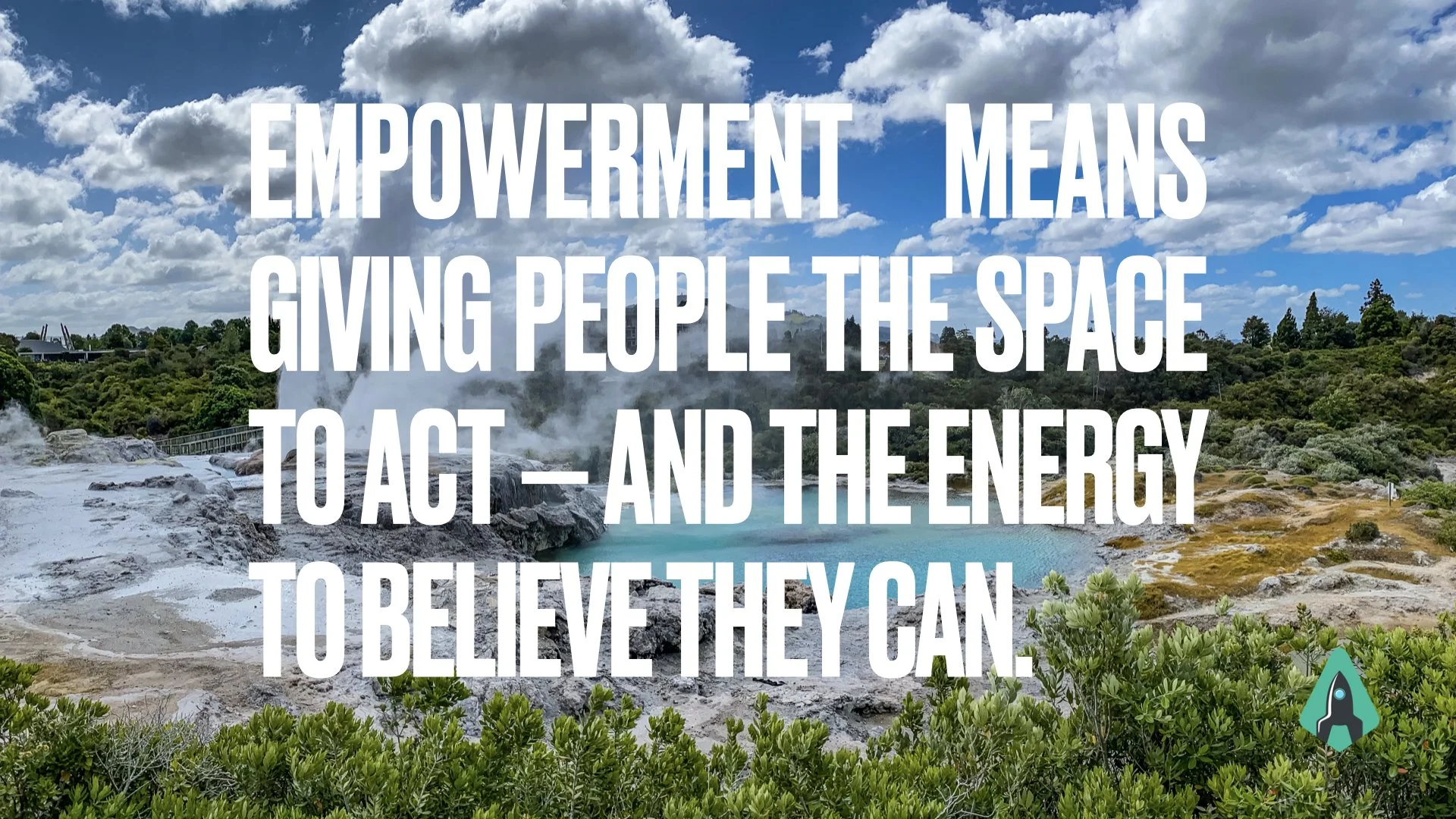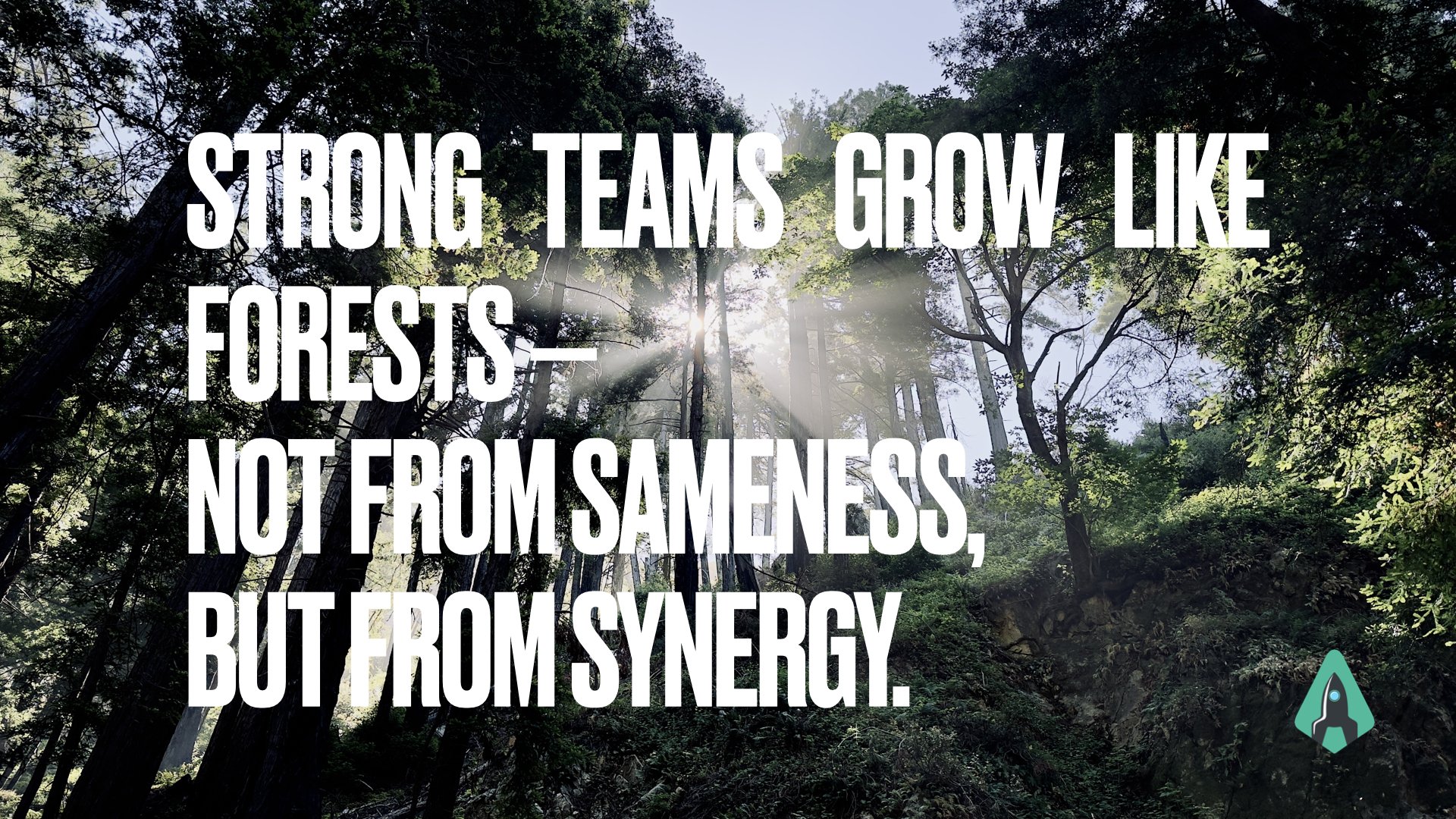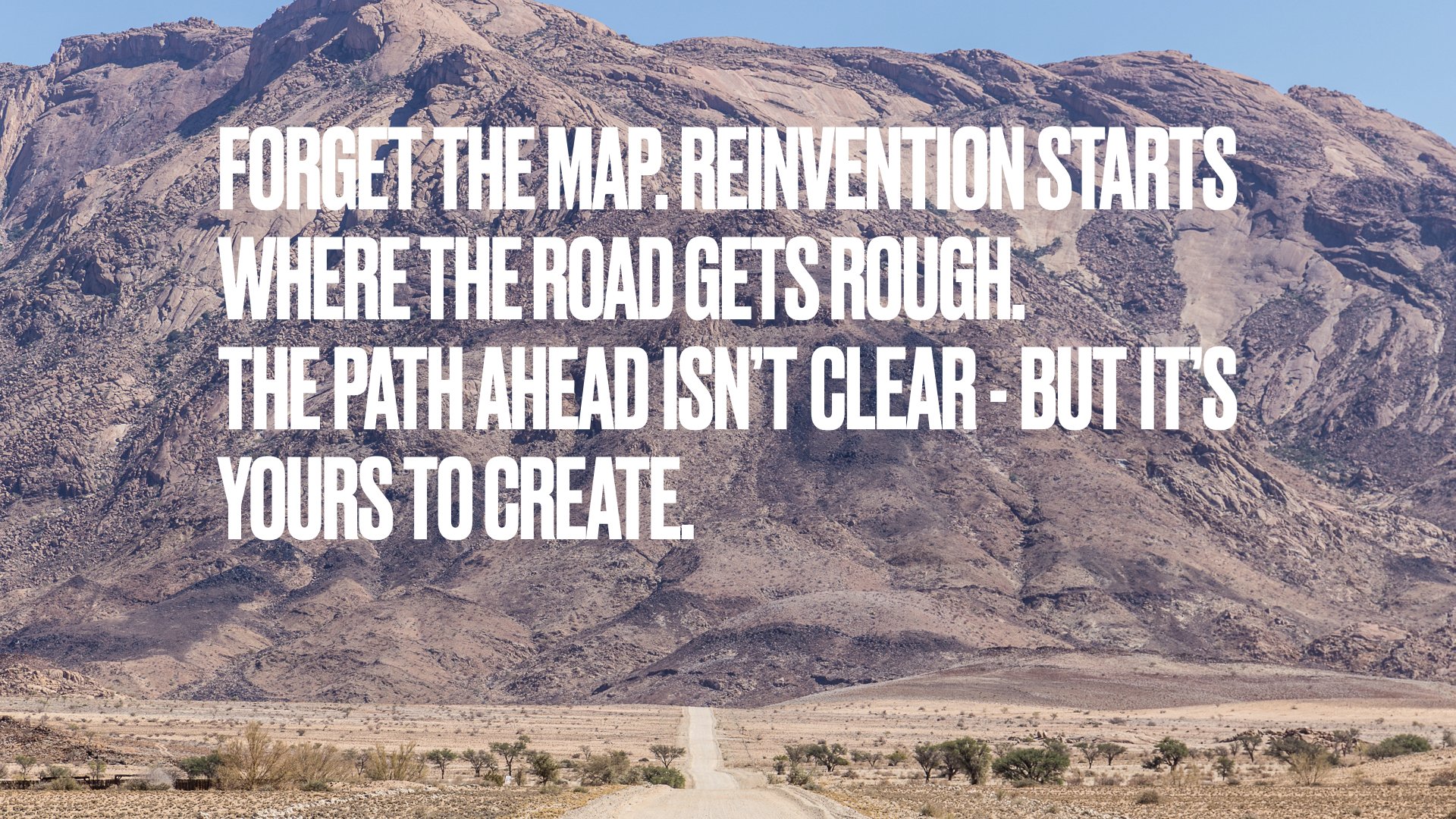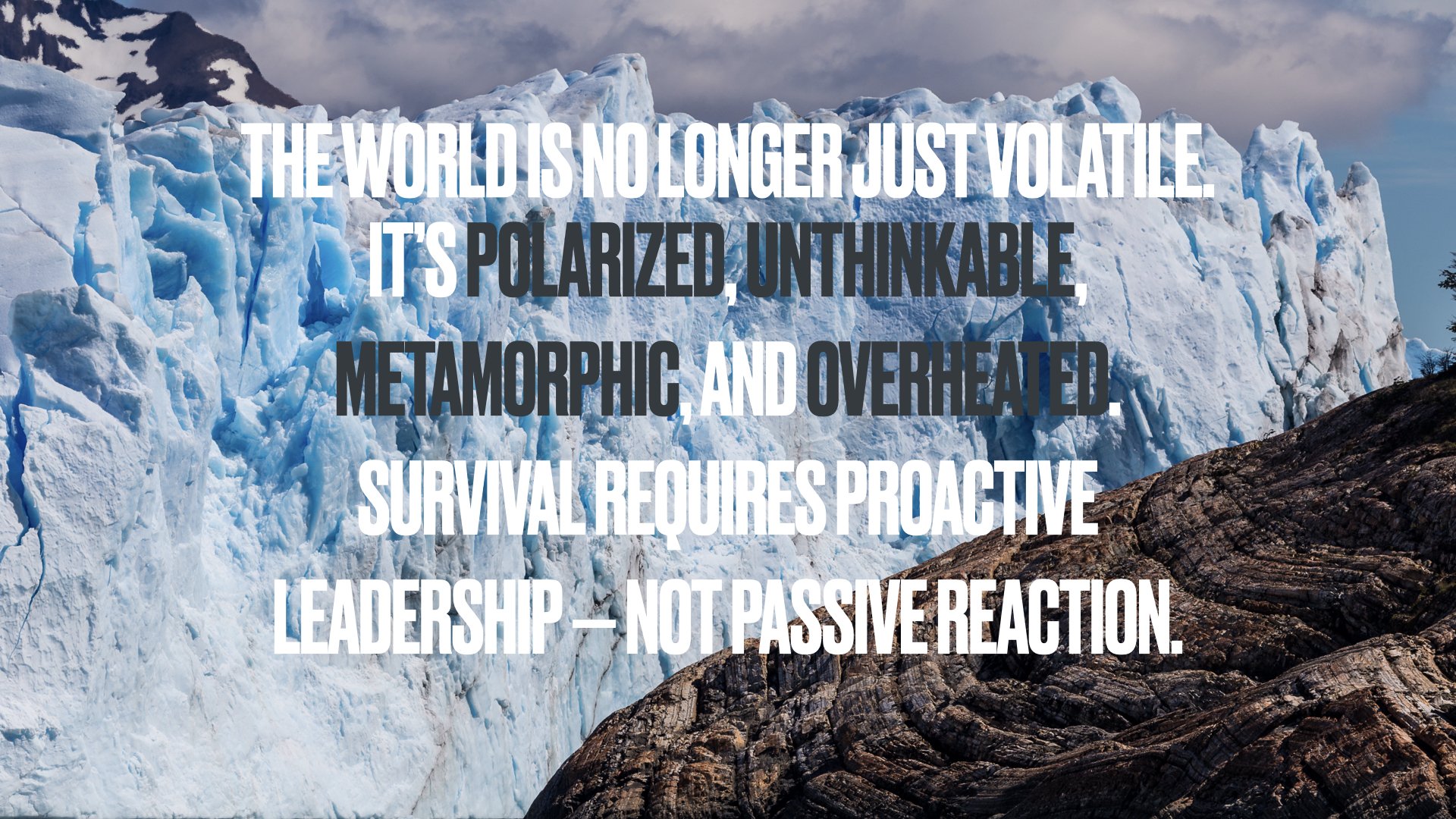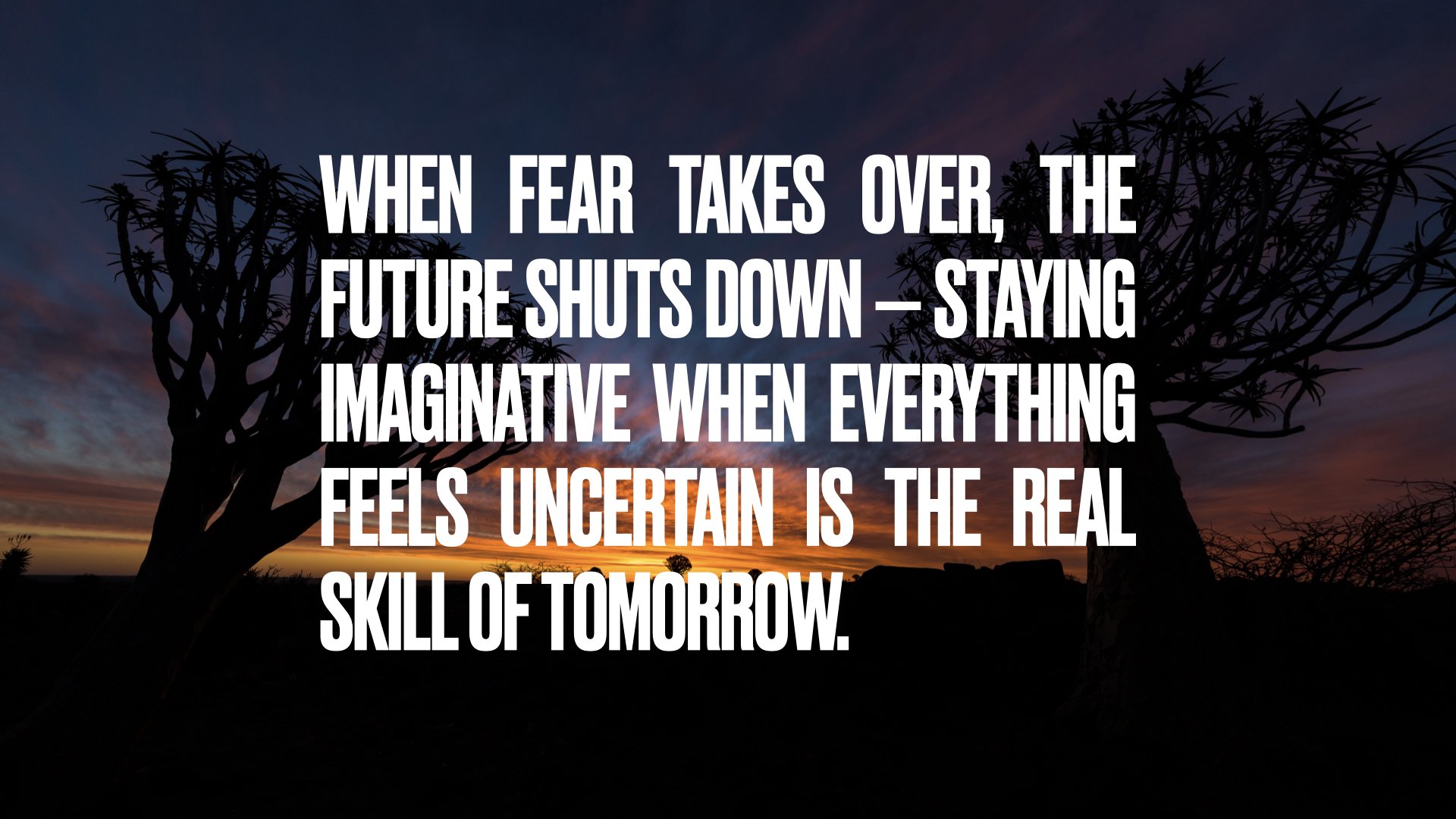
SHAPING CHANGE,
Empowering Leadership
For sustainable Success
VERÄNDERUNG IST DER TREIBSTOFF FÜR WACHSTUM.
Veränderung ist kein Hindernis, sondern eine chance.
Mein Ansatz
Veränderung ist kein Hindernis, sondern eine Chance – eine Überzeugung, die im Mittelpunkt meiner Arbeit steht.
Mein Ziel ist es, Führungskräfte, Teams und Organisationen zu befähigen, dieses Potenzial zu erkennen und langfristig wirksame Lösungen zu entwickeln.
Mit einem integrativen Ansatz, der positiven Psychologie, systemisches Denken und wissenschaftlich fundierte Methoden vereint, begleite ich meine Kunden:innen auf ihrem Weg zu Wachstum, Resilienz und nachhaltigem Erfolg. Dabei geht es nicht nur um schnelle Ergebnisse, sondern um Transformationen, die Substanz haben und den Herausforderungen unserer komplexen Welt standhalten.
Meine Services
Deine Mission: Wandel gestalten, Teams stärken, Zukunft steuern.
-
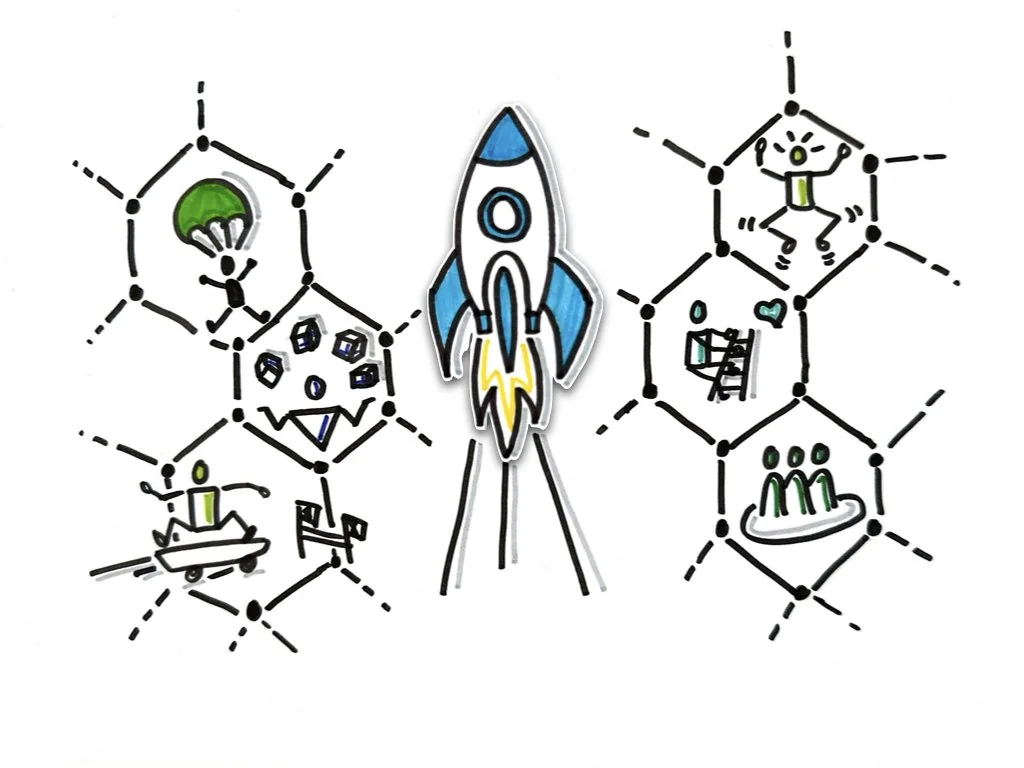
Team Orbit | Stärkenorientierte Leadership- & Teamentwicklung
-
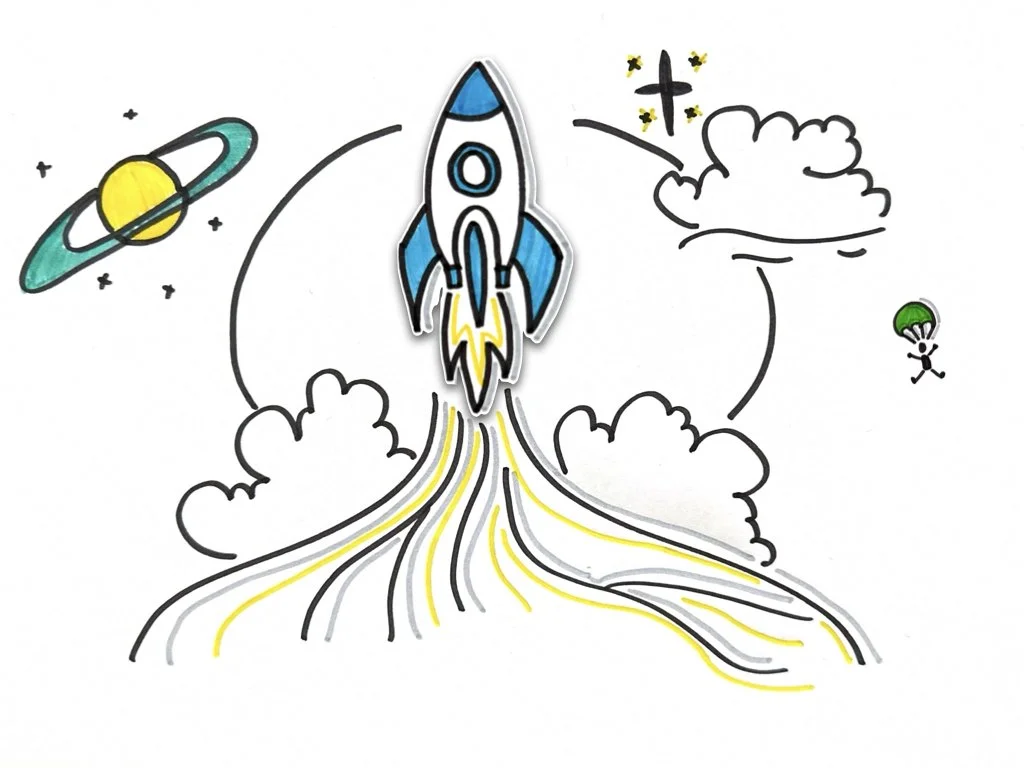
Next Horizon | Organizational Transformation
-

Mission Control | Customized Solutions
Über mich
meinE Geschichte? Geprägt von Wandel, gestärkt durch Herausforderungen, inspiriert von Entwicklung.

"Veränderung ist der Treibstoff für Wachstum und keine Hürde, sondern eine Chance – eine Chance, zu wachsen, resilienter zu werden und Potenziale zu entfalten.
Meine Leidenschaft und Erfahrung liegen darin, Menschen, Teams und Organisationen durch diesen Wandel zu führen und sie dabei zu unterstützen, mit Neugier, Klarheit und Stärke ihre Potenziale voll auszuschöpfen."

Mein Blog
Ignition | Where ideas ignite, fueling inspiration, leadership & transformation
Leadership doesn’t just influence culture — it influences the body. Research on heart-aligned leadership shows that stress, lack of recognition, and unfairness can trigger real physiological reactions, affecting cardiovascular health. The HEART model closely mirrors Seligman’s PERMA framework, revealing that what supports psychological flourishing also protects the heart.
Healthy leadership isn’t soft — it’s biologically intelligent.
We spend our days moving between two invisible circles: the Circle of Concern and the Circle of Influence. One drains energy. The other builds momentum. The difference lies in where we focus. Shift your focus — and feed your Circle of Influence, not your Circle of Concern.
In this article, we explore how Stephen Covey’s timeless concept aligns with modern psychology, leadership research, and team dynamics — and how small, intentional actions can transform the way individuals, teams, and leaders show up at work every day.
The most influential people in organizations aren’t always those with titles — they’re the ones who create energy, trust, and momentum around them.
Based on the research of Kim Cameron (University of Michigan), this article explores how positive relational energy — the ability to uplift and inspire others — predicts performance far better than hierarchy or authority.
Real leadership isn’t about control.
It’s about the energy you bring — and the energy you leave behind.
We often glorify the always-on leader — the one who holds everything together.
But if your team can’t move without you, you’re not leading — you’re the bottleneck.
Constant availability isn’t a strength; it’s a symptom of unclear boundaries and missing structures.
Sustainable leadership means replacing dependency with design.
True leadership isn’t about being everywhere.
It’s about building systems that breathe, decide, and move forward — even when you step back.
We often chase productivity by doing more — more meetings, more speed, more output. But performance isn’t about motion; it’s about rhythm.
In this article, explore how focus, flow, and the science of deep breathing can transform not just how we work, but how we lead.
Because in the end, resilience isn’t built in crisis — it’s built in the breath, focus, and stillness before it.
In a world where the half-life of technical skills keeps shrinking, one truth stands out: what endures aren’t tools or technologies, but the foundational skills that help people and organizations adapt, learn, and connect.
Collaboration, communication, and problem-solving are no longer “soft” skills — they’re survival skills. They form the human infrastructure that keeps teams resilient as industries transform and expertise ages.
Positive Leadership isn’t about grand gestures or motivational speeches — it’s about the quiet, consistent actions that build trust, meaning, and connection every day.
Culture doesn’t grow in peak moments; it grows in the rhythm between them.
This article explores how leaders can translate values into daily behavior using the PERMA model — turning consistency into culture.
Culture isn’t something you can decide — it’s something that emerges.
It forms through the everyday choices, habits, and conversations that people repeat until they become “the way we do things here.”
That’s also what makes culture so powerful — and so hard to change.
You can’t shift it through slogans or value statements. You can only influence it indirectly — through what leaders notice, reward, and allow.
Because in the end, culture doesn’t change through words.
It changes through attention.
In today’s world of hybrid work and constant change, strong teams aren’t defined by tools or processes — but by a shared sense of identity.
When people feel they belong, they collaborate more, trust more, and stay resilient. Identity Leadership is about creating this “we-feeling” and turning groups into connected, high-performing teams.
Not all talent announces itself in the meeting room. Some of the most valuable professionals are the quiet learners—the ones who keep growing outside the spotlight.
Backed by research on proactive learning and growth mindset, this article explores why leaders need to notice them, how individuals can accelerate their careers through self-learning, and why being intentional about what we “feed our mind” is the true competitive advantage in today’s fast-changing world.
Our brains never stop changing — they rewire themselves based on what we focus on. Neuroscience calls this neuroplasticity, and attention is the key that unlocks it.
For leaders and teams, this means growth isn’t driven by information alone, but by creating attention-worthy moments that spark learning, innovation, and adaptability.
What if leadership worked like a game?
Imagine vision as the map, focus as your energy bar, strengths as superpowers, empowerment as multiplayer mode, and contribution as the storyline.
In this post, we explore how leaders can “level up” with practices grounded in research from Gallup, Harvard, McKinsey, and positive psychology.
Negative emotions are part of every professional life — but they don’t have to hold us back.
Instead of suppressing them, psychology shows us how to transform them into signals for growth. From reframing emotions and situations to creating distance, labeling feelings, and weaving in positive associations — these strategies can turn discomfort into momentum.
Empowerment is more than a leadership buzzword — it’s a system that spans structures, teams, culture, and individual mindset.
In this article, we explore why true empowerment requires more than good intentions, and how organizations can create the conditions where people have both the power to act and the energy to believe they can.
Why do we react so strongly to certain situations at work — even when the facts seem harmless?
Often, it’s not about what’s happening, but about how we see it. This post explores the concept of inner stances and how becoming aware of our personal filters can unlock better self-leadership, clarity, and collaboration.
Why do team members react so differently to the same situation?
The answer often lies not in facts, but in the inner stance each person brings. Based on Martin Permantier’s Haltungsmodell, this post explores how differing perspectives shape team dynamics — and how understanding them can turn friction into forward momentum.
High-performing teams aren't built by hiring more of the same. They thrive when diverse strengths come together with purpose.
This article explores how Positive Leadership starts in the hiring process — not by focusing on similarity, but by strategically complementing the team’s existing strengths. A must-read for leaders who want to build teams that don’t just perform, but excel.
Why do so many of us feel sick the moment we stop working?
A new study from Germany sheds light on Leisure Sickness — a surprising phenomenon where stress, unclear roles, and constant availability lead to physical symptoms during time off. This article explores what’s behind it, why younger professionals are especially affected, and how leaders can create a culture that supports real recovery. Because sustainable performance starts with sustainable rest.
Communication is not just about exchanging information — it’s the hidden operating system of every team and organization.
Through daily conversations, feedback, and shared experiences, teams build (or break) the shared understanding that makes collaboration possible.
When communication is conscious and adaptive, teams align around common goals, values, and ways of working. When it’s weak or fragmented, even the best strategies fall apart.
In this article, we explore why communication is the foundation of organizational success — and how leaders and teams can use it to create deeper alignment, stronger culture, and sustainable performance.
Many leaders unintentionally undermine motivation — by relying on pressure, control, and external rewards. But real, sustainable performance comes from within.
In this article, you'll learn how motivation really works (based on Deci & Ryan’s continuum), how leadership behaviors impact it, and what shifts can help your team thrive through stronger intrinsic motivation.
Positive emotions are not just “nice to have” in teams — they are a proven driver of innovation, collaboration, and performance.
In this post, you’ll discover the science behind positive emotions, their direct impact on business outcomes, and how leaders can intentionally shape the emotional climate so that people — and teams — can truly grow.
The future of work is whitewater. To thrive, teams need more than skills — they need PRISM: Prospection, Resilience, Innovation, Social Support, and Mattering. Backed by science and inspired by TomorrowMind, this post explores how leaders can build psychological infrastructure for real adaptability.
In a world where every decision shapes an uncertain future, leadership is no longer about having the answers—it’s about enabling the intelligence of the whole system. This post explores why hierarchy is invaluable in a crisis but risky as a default mode, and how modern leaders can design communication ecosystems that activate creativity, knowledge, and shared direction.
Learn why smart organizations don’t just make decisions—they design how decisions are made.
Trust isn’t a soft skill—it’s a strategic advantage backed by neuroscience.
In this post, discover how leaders can build high-performing, engaged teams by triggering the brain’s trust hormone, oxytocin. Learn the 8 science-backed behaviors that foster a culture of trust—and why it’s time to lead like a forest: rooted, connected, and built for growth.
In fast-moving environments, optimization is no longer enough. Reinvention is what sets resilient teams and forward-thinking leaders apart. This post challenges the tendency to play it safe—and invites organizations to ask the tougher questions: What are we holding onto that no longer serves us? What risks are we avoiding? Sometimes the road forward isn’t clear—and that’s exactly where the real transformation begins.
Most culture change efforts fail—not because people resist change, but because leaders try to change culture directly.
In this article, I explore why culture is not a decision but an emergent pattern, and how systems thinking offers a smarter, more sustainable path to transformation. If you want real change, stop fixing culture—and start changing what creates it.
In a world where traditional models like VUCA and BANI no longer capture the intensity of change, the PUMO framework offers a fresh, urgent perspective.
Polarized, unthinkable, metamorphic, and overheated — today’s challenges demand more than agility. They require proactive leadership, strategic clarity, and the courage to shape the future rather than react to it.
Why do team members react so differently to the same project?
It’s not about the task—it’s about the meaning we assign to it.
This article explores how attitudes act as invisible filters that shape our perceptions, drive team dynamics, and often create hidden friction. When leaders and teams learn to recognize these filters, they unlock the potential for deeper understanding, better collaboration, and real alignment.
Optimism in Leadership: Why It’s More Than a Mindset
In a world shaped by uncertainty, optimism isn’t naive — it’s essential. Forward-thinking leaders know that cultivating a positive, resilient mindset can transform how teams respond to challenges, collaborate, and grow.
This article explores how optimism can be learned, practiced, and embedded into your team culture — one conversation, one habit, one mindset shift at a time.
In times of uncertainty, imagination — our most human and strategic asset — is often the first thing to disappear. Yet it’s exactly what businesses need to innovate and adapt.
This blog post explores why pressure shuts down future thinking, what future competence really means, and how leaders can create the conditions for imagination, innovation, and long-term vision to thrive.




